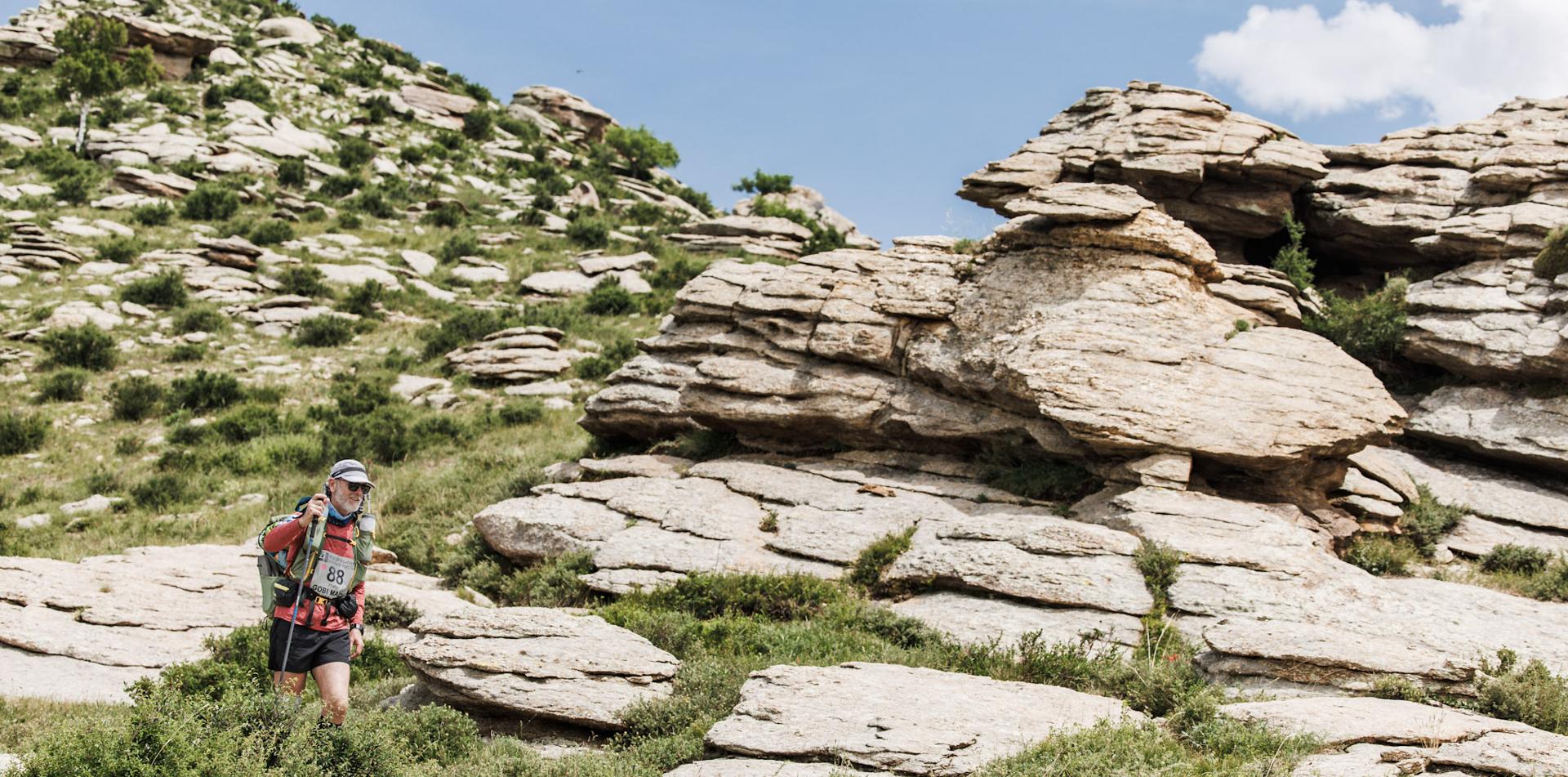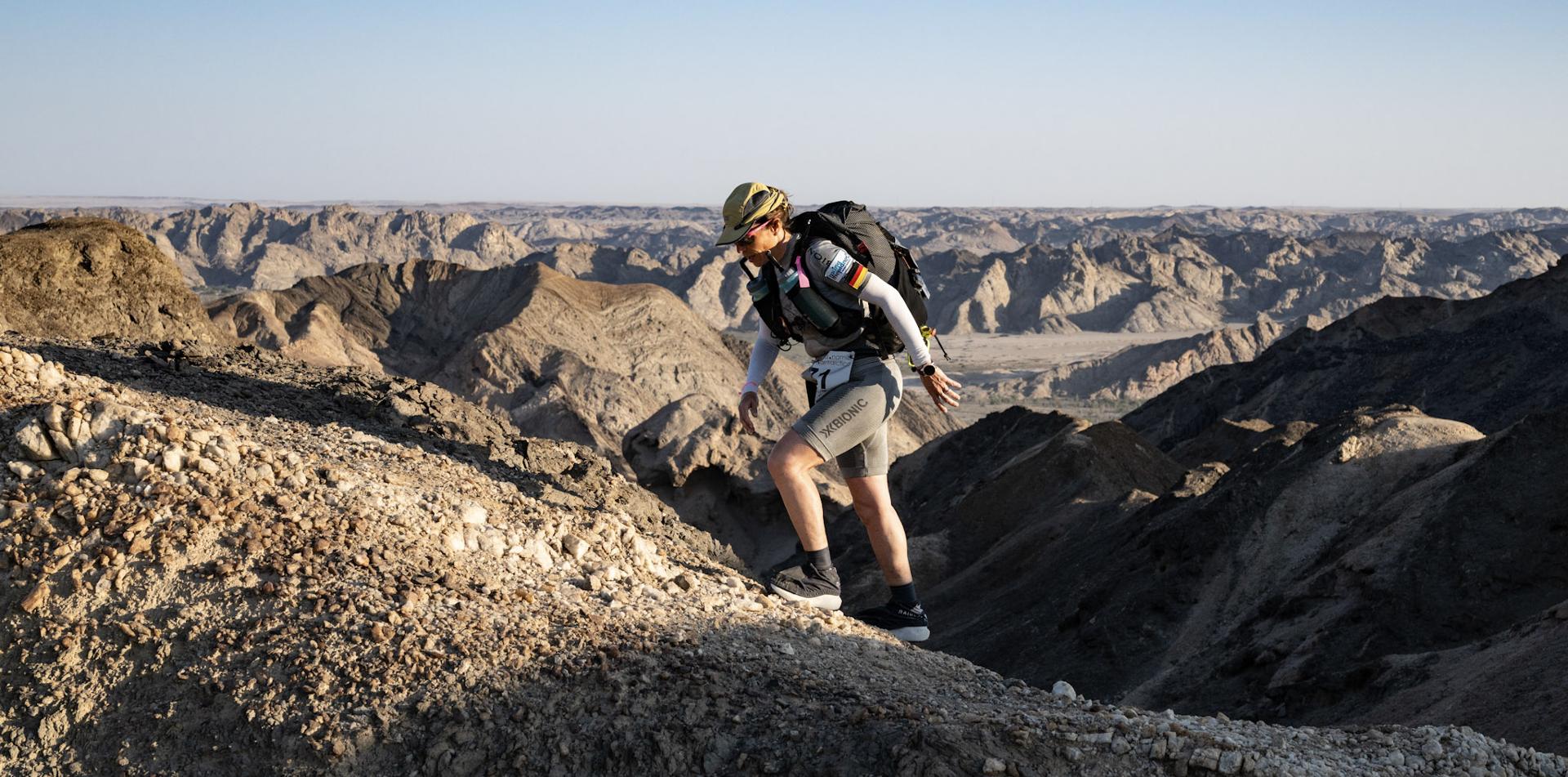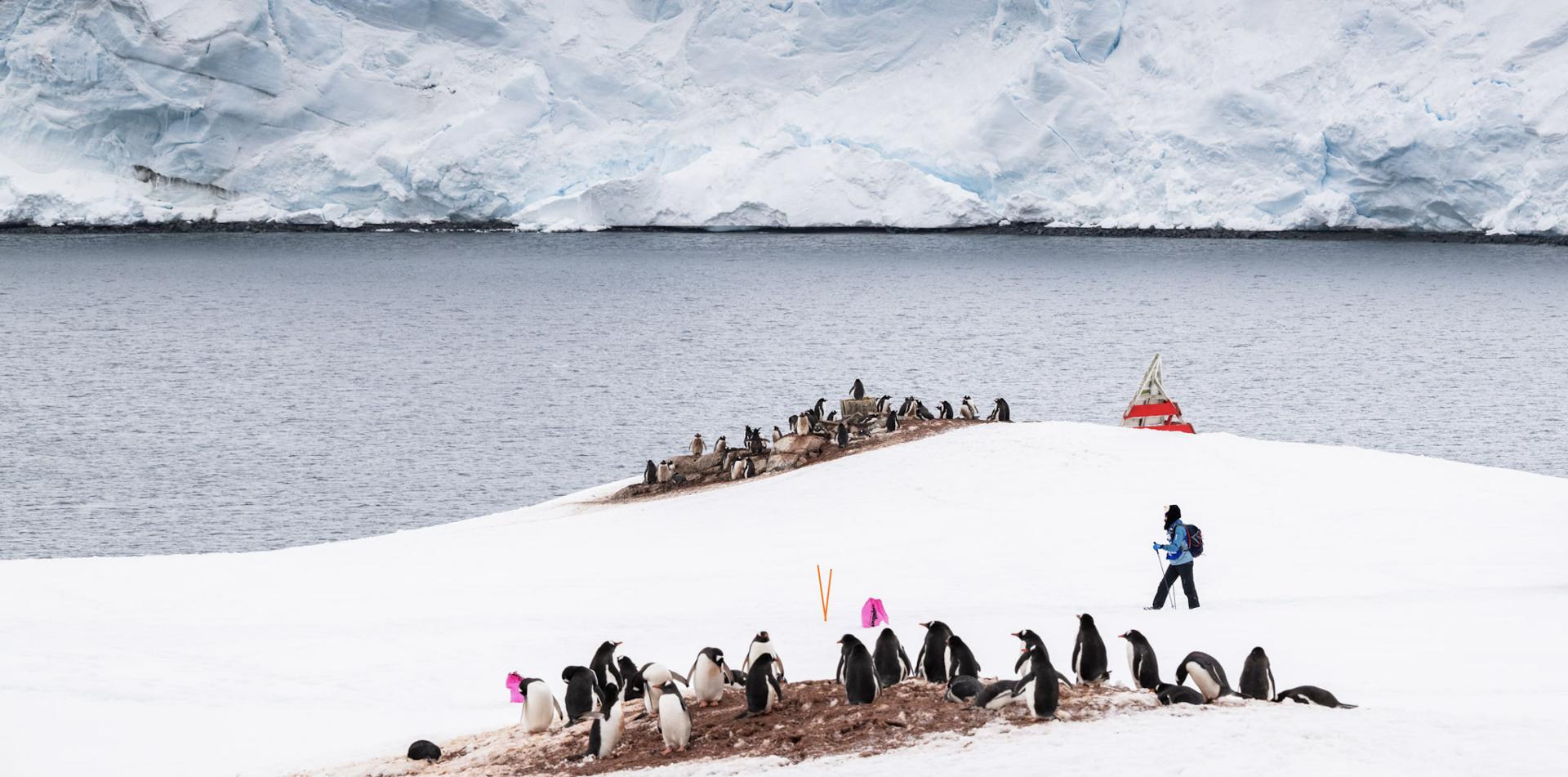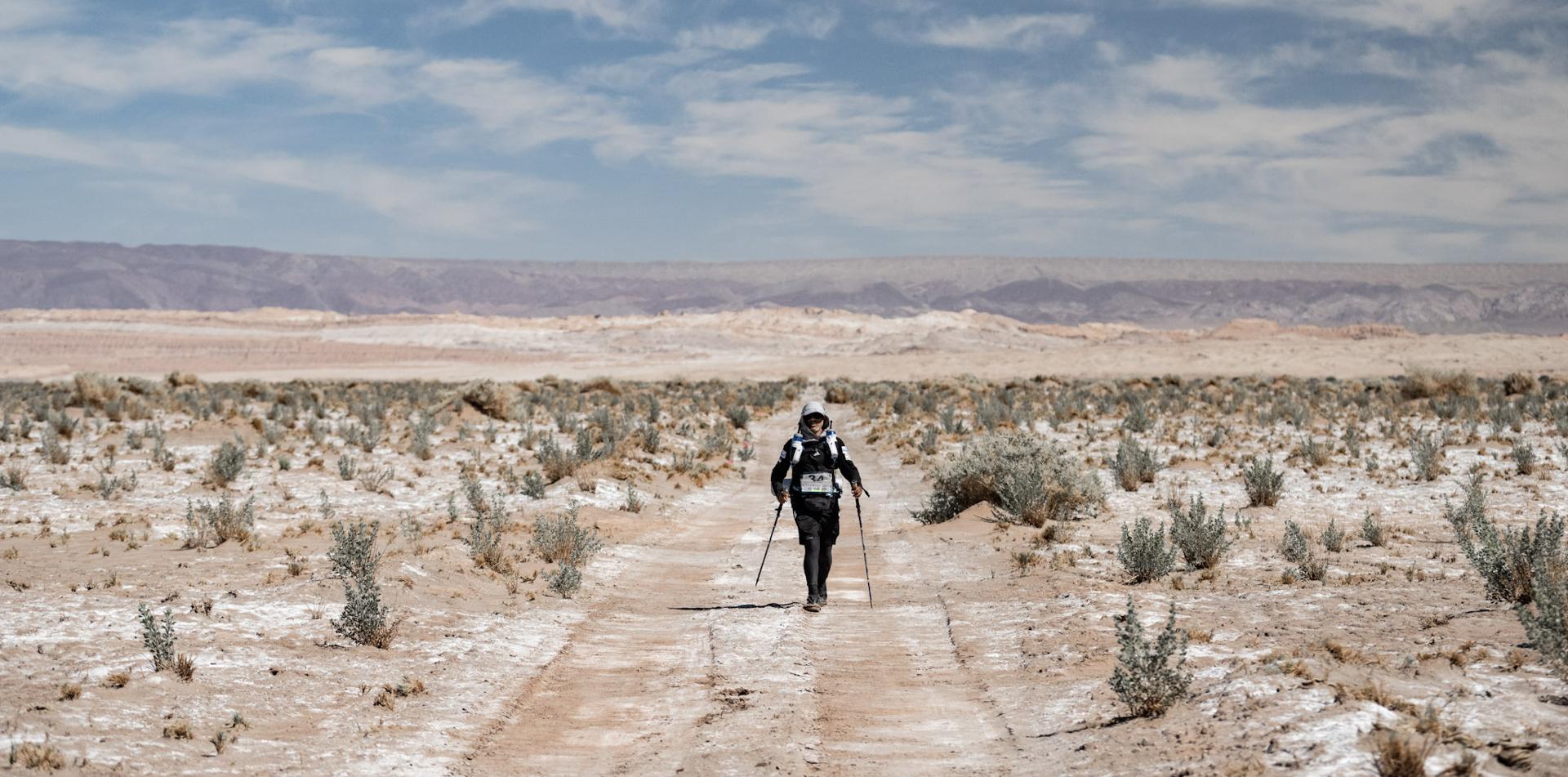Get the Right Pack for Your Outdoor Activities
With an ever-increasing number of products available in the market, choosing a backpack is largely about identifying how the pack will be used and then going through the smaller details to make just the right selection. A backpack used for running stage races, for example, is significantly different than a backpack used for hiking expeditions or traveling. In this article we look at some popular uses for backpacks, the distinguishing characteristics of each, and the primary factors to consider when making a purchase. You may then be better equipped to shop your way to the perfect backpack.
Backpacks for Stage Races
The overarching belief in choosing a backpack for a stage race is finding the right combination of comfort, weight and durability. Depending on the length and gear requirements of the race, most recommendations call for purchasing a pack size of 20-35 liters that is no more than 1.5kg (3.3lbs). The backpack should fit all of your race equipment into the smallest possible space while still being comfortable enough to carry over long distances and sometimes tricky terrain.
In order to cut down as much as possible on weight, backpacks for stage races are often made of durable, lightweight materials (such as polyester or Ripstop nylon) and streamlined so as to avoid unnecessary features. Don’t let the simplicity of these packs fool you; they should still allow for a good amount of ventilation and breathability. You should also pick a pack that has the right amount of padding for your back, waist and shoulders – remember that while the pack may be light, you will still be filling it with equipment that, over time and kilometers, will likely be a burden during the race.
The final consideration in making a backpack choice is convenience and accessibility. During the race, you want to be able to drink fluids at any time and without hassle. Many backpacks have the ability to hold water bottles on the front of the shoulder straps – this makes it easy to stay hydrated and refill bottles as needed. Some runners, however, prefer backpacks with separate hydration sleeves – this is a great way of carrying more water over long distances but can be a pain to refill often. Choose the option that works best for you. Similarly, ensure that your backpack has outside pockets or other options (like a chest pouch) for carrying small food items or personal gear that you want to access quickly or regularly.
Popular backpack brands for stage races include Raidlight, OMM, Inov-8 and Ultimate Direction.
Backpacks for Marathons
Unlike backpacks for stage races, packs purchased for marathons or shorter distance runs are smaller and more compact. These can include backpacks ranging from 5-15 liters or smaller waistbelts that buckle around your waist like a belt. The key to identifying a good pack for this length of race is identifying a product that is comfortable while fitting everything you need into a compact space.
Many marathon runners opt for waistbelts as they are generally smaller and lighter than backpacks. When choosing a waistbelt, ensure that the belt fits snugly but comfortably around your waist and that there is a minimal amount of movement when you run. Many waistbelts have straps that are adjustable, stretchable and/or breathable – take a look at the design and material of the belt to see whether it will be a comfortable choice for you. Many people also prefer a belt with a small amount of padding for additional comfort.
Regardless of whether you choose a waistbelt or a backpack, check that the pack has room to hold your water bottle(s), gels, energy bars and personal items like keys, iPod and money. These items should be easily accessible and removable. You can also choose to have additional accessories like trash pockets, built-in flasks and key clips.
Popular backpack brands for marathons include Salomon, Nathan and Ultimate Direction.
Backpacks for Hiking
Planning a trip into the backcountry? Due to the amount of equipment needed for a hiking or camping trip, backpacks used for these kinds of excursions are generally larger and more robust than those used for running. The first consideration is determining the proper backpack size depending on how long of a trip you are planning. Backpacks used for this purpose generally range from 35-85 liters. You must also consider your own abilities and equipment: How much are you able to comfortably carry over time? How much space do you need to fit all of your equipment into the pack – is your gear small and compact or large and bulky?
Once you have identified the proper sized backpack, make sure to test a variety of packs to ensure the right fit. The backpack should be the correct size according to the length of your torso (not height) and fit snugly but comfortably on your hips. Many backpacks have adjustable suspensions and backpack belts – try these out in the store (you can even add weight to the bag for a more realistic test trial) before finalizing your purchase. Test all the straps, including the load lifter straps (stitched into the top of the shoulder straps and connected to the top of the pack frame) and chest strap to ensure they are comfortable and not digging into your skin.
Backpacks for hiking come in many types and with all kinds of accessories, so your final decisions are determining your personal preferences. Do you want an internal or external frame (internal frames are much more common, but external frames can be useful when carrying uneven loads)? Do you want a pack that loads from the top, or that you can zip open at the front? How many inside compartments do you want? How much padding do you want? Do you need a hydration reservoir or easily accessible outside pockets? You should go through each pack to compare its pros and cons – only you will know what combination of accessories is right for you.
Popular backpack brands for hiking include Osprey and Montane.
Backpacks for Travel
Backpacks for travel come in all types, shapes and sizes. Before setting out on your overseas trip, make sure to have a good idea of what and how much you will be carrying with you and what purposes the backpack needs to fulfill. Again, size is a major consideration. In many cases, hiking packs can also be used for traveling as they hold a considerable amount of gear in a space that is designed for carrying comfort. You also likely want a pack that has separate compartments and pockets to organize your gear. However, when choosing a pack specifically for travel, you may want to consider these additional details:
Material: Some packs for travel are offered in hard cases designed to withstand the bumps and scrapes of airline, train and vehicle transit. The key here is durability.
Wheels and handles: You may want to consider a backpack with wheels or handles for additional maneuverability and ease.
Lockable zippers and security: If you are traveling to a location with crowds, you may feel more comfortable with packs that can lock. Some packs offer zippered locks or specialized locking units that will keep the contents of your pack safe.
A popular backpack brand for travel is Osprey.
Backpacks for Parents
For parents wanting to take their kids on expeditions into the hills or just excursions to the local market, backpack-style baby carriers are a great solution. Different packs work for different purposes and stages of your child's growth, so you must consider where and how you want to use the pack as well as your child’s size.
Perhaps the most important consideration for this kind of pack is safety and comfort. Check that the pack has secure straps and buckles as well as a well-made frame (most are made of aluminum). Check the child’s positioning once placed in the backpack; he should be facing forward and upright – you don’t want him leaning too much to either side or to the front/back. Some carriers hold the baby much higher on your back, while others sit lower on your hip – see what the child likes and what feels most comfortable for you. Adjustable straps should allow the pack to be modified as the child grows. Padding is also essential both for the child’s and your own comfort.
There are many “extras” that differentiate baby carriers that you will want to consider when making your purchase. Do you want a sun shade or rain shield for the child? Do you want a pillow or drool pad (also for the child!)? Should the pack be foldable for easy storage? Finally, consider what additional items you will need to carry both for both your child and/or yourself. Additional pockets and storage may increase the weight of the pack, but this investment is well worth it if there are items you (or your child) don’t want to leave behind.
Please visit our website for more products the RacingThePlanet Store.







 Newsletter
Newsletter
 Online Store
Online Store






